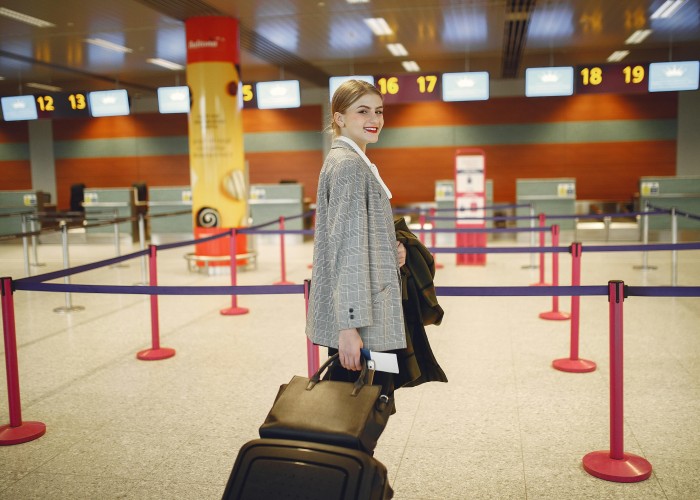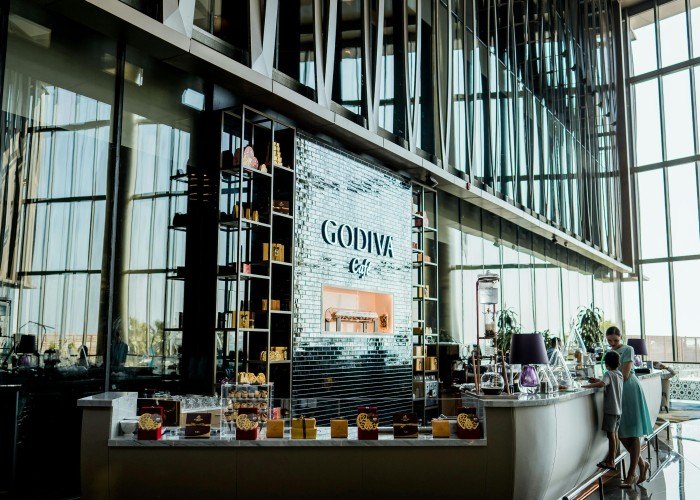The GR20 Trek in Corsica is one of the most rugged and scenic long-distance hikes in Europe. This detailed guide is for travelers from the USA, UK, Australia, and Germany seeking practical information—no hype, just real insight. Let’s dive in. GR20 Trek – Corsica, France.
Overview
The GR20 stretches for about 180 kilometers across the spine of Corsica, linking Calenzana in the north to Conca in the south. It’s famous for its challenging terrain, dramatic mountain scenery, and unmatched elevation changes. Hikers cross rocky ridges, trek through dense forests, and scramble alongside high cliffs, all while basking in breathtaking views. Known as Europe’s toughest long-distance footpath, the GR20 is as rewarding as it is demanding.
Best Time to Visit
Choosing the right season matters:
- Mid-June to mid-September offers the most accessible conditions.
- Trails are generally free of snow.
- Mountain huts and rifugios are open.
- Weather remains relatively stable, though rain and wind can still appear.
- June brings fewer hikers but chances of snow on higher sections.
- July and August are popular—long daylight hours but expect more crowds.
- September brings cooler temperatures and quieter trails—ideal for experienced trekkers who welcome solitude.
Avoid winter and early spring—the trail becomes dangerous without proper gear and experience.
How to Reach
Getting to either trailhead requires a mix of transport:
- Air: Fly into Ajaccio (central Corsica) for the south or Bastia (north) for the start.
- Road: Rental cars or regional buses connect airports or towns to Calenzana or Conca.
- Train and Bus: Corsica has limited rail service. Many hikers rely on local buses for last-mile access.
- Planning ahead for transport on both ends ensures smooth trail entry and exit.
Entry Fees and Permits
- No formal permits are required to hike the GR20.
- Overnight stays in mountain huts generally require modest fees—budget for a few dozen euros per night, though this is subject to change.
- Some sections may ask for voluntary trail maintenance contributions.
- Cash is handy; not all locations accept cards.
Food Availability and Meal Options
Meal options vary along the trail:
- Huts offer simple full-board or demi-pension meals, often based on local ingredients like cheese and dried meats.
- Shop options in villages before or after hikes may include snacks and essentials—but are limited in remote spots.
- Self-catering is possible but adds weight, so consider lightweight, calorie-dense meals.
- Meal times are limited—check hut schedules, especially for dinner.
Packing List and Essentials
Keep your pack light and functional:
- Good hiking boots with ankle support.
- Waterproof jacket and breathable layers.
- Trekking poles to ease rough descents and ascents.
- Quick-dry clothes and sleepwear.
- Headlamp, extra batteries, and energy snacks.
- Water bottle and purification tablets.
- Basic first-aid kit, including blister treatment.
- Map or GPS device.
- Lightweight sleeping or liner sheet, if sleeping in huts.
Careful preparation keeps fatigue low and enjoyment high.
Safety Tips and Local Regulations
Staying safe is key:
- Weather shifts quickly in the mountains—check daily and adapt plans.
- Stay on marked paths to protect fragile terrain and reduce risk.
- Alert someone to your planned itinerary and expected finish time.
- Altitude adjustment: While not extreme, elevation gain can tire you—rest and acclimate when needed.
- Water safety: carry enough or know where water sources are available.
- In protected natural areas, respect regulations, especially regarding fires and waste. GR20 Trek – Corsica, France.
Tips for Beginners or First-Time Visitors
If you’ve never tackled a trail like the GR20:
- Build up with multi-day hikes at home first.
- Break the trek into manageable 5 to 8 day segments if needed.
- Reserve hut spaces in advance during summer peaks.
- Start with shorter sections to assess fitness and trail difficulty.
- Consider getting local maps or trail guides to help with planning.
Local Customs or Cultural Etiquette
Even in mountain zones, a few simple customs matter:
- Greet hut staff and locals with a polite “good morning” or its Corsican equivalent.
- Keep noise low in shared spaces early morning or late evening.
- Leave no trace—pack out garbage and avoid disturbing wildlife or plant life.
- Menus often reflect local produce, so eating local is part of respecting the region.
Frequently Asked Questions (FAQs)
Q: How long does the GR20 take?
A: Most trekkers complete it in 7 to 12 days, depending on pace and route.
Q: How difficult is the trek?
A: Very challenging. Expect rocky terrain, steep climbs, and technical routes that require stamina and surefootedness.
Q: What is the highest point?
A: Some passes reach above 2,600 meters, creating striking elevation changes. GR20 Trek – Corsica, France.
Q: Are restrooms available?
A: Basic facilities are available at huts. Away from huts, carry tissue and follow proper disposal practices.
Q: Do I need a map or GPS?
A: Yes. While the path is marked, fog or unclear signage in remote sections makes navigation failproof.
Q: Is cash required?
A: Yes. Huts and local services may only accept cash for meals and overnight stays.
Q: Can I easily find water?
A: Generally yes, but always confirm water sources ahead of each section and carry purification tablets.
Final Thoughts
The GR20 Trek in Corsica is a test of comfort, endurance, and altitude, but it delivers unforgettable scenery and a genuine connection to wild landscapes. With thoughtful planning, respect for the trail and its culture, and solid preparation, this trek becomes a deeply rewarding adventure. May each day bring steady steps and clear views ahead. GR20 Trek – Corsica, France.






Leave a Reply